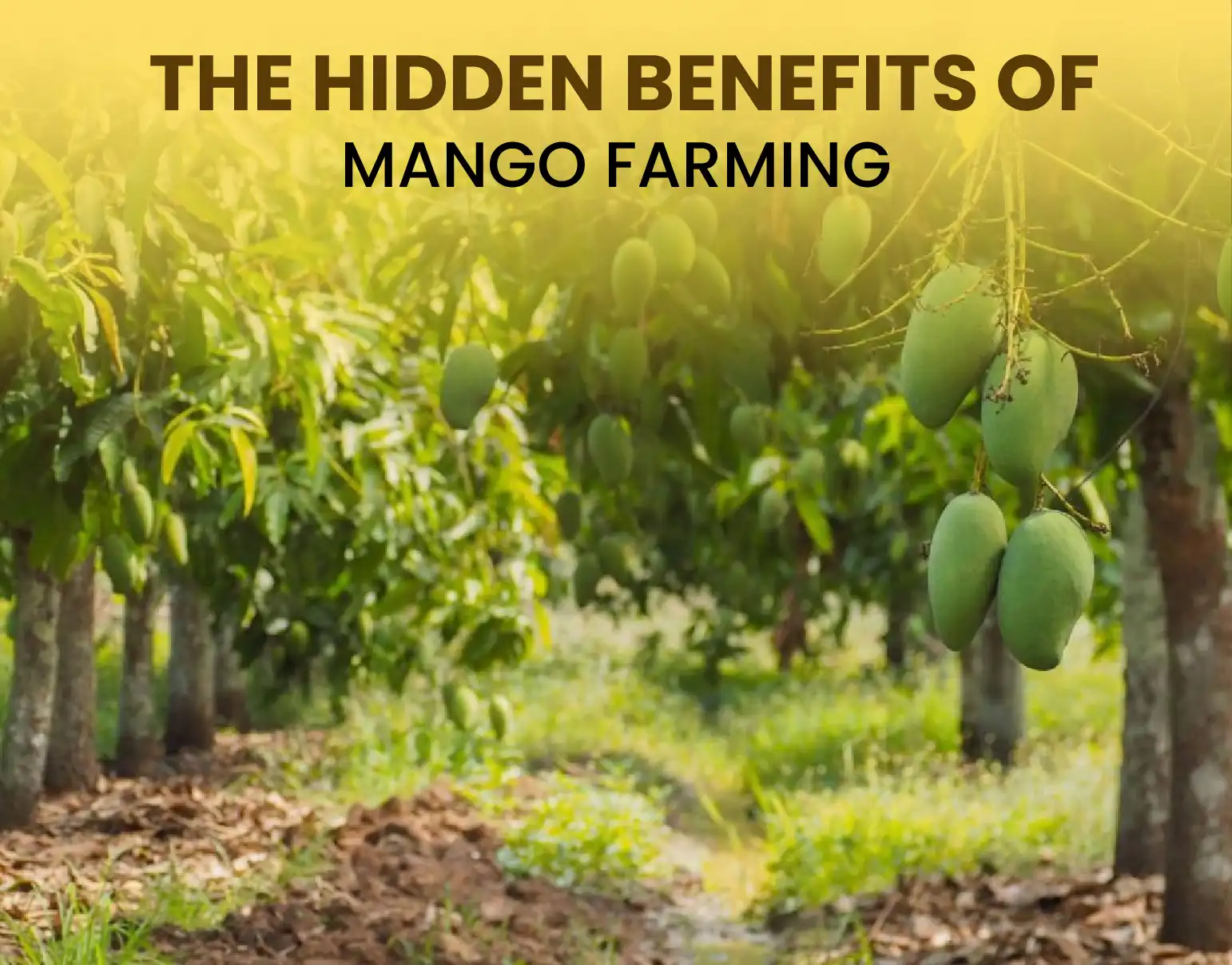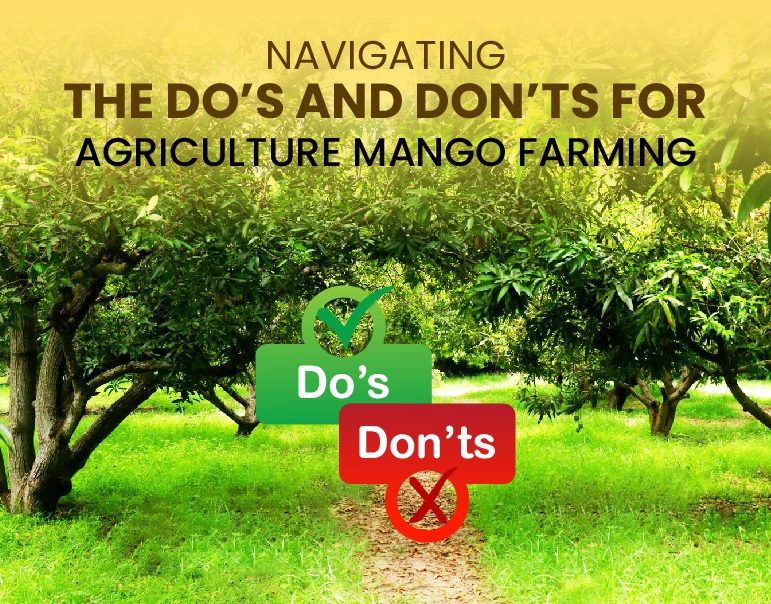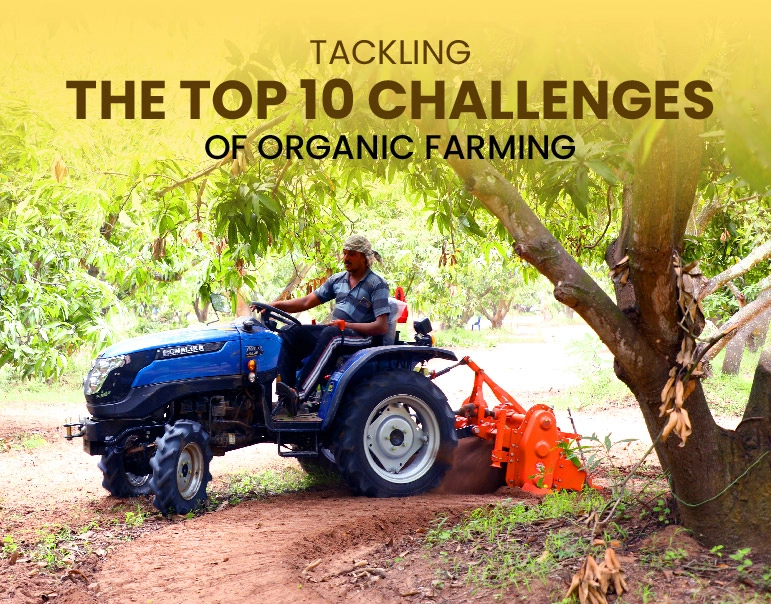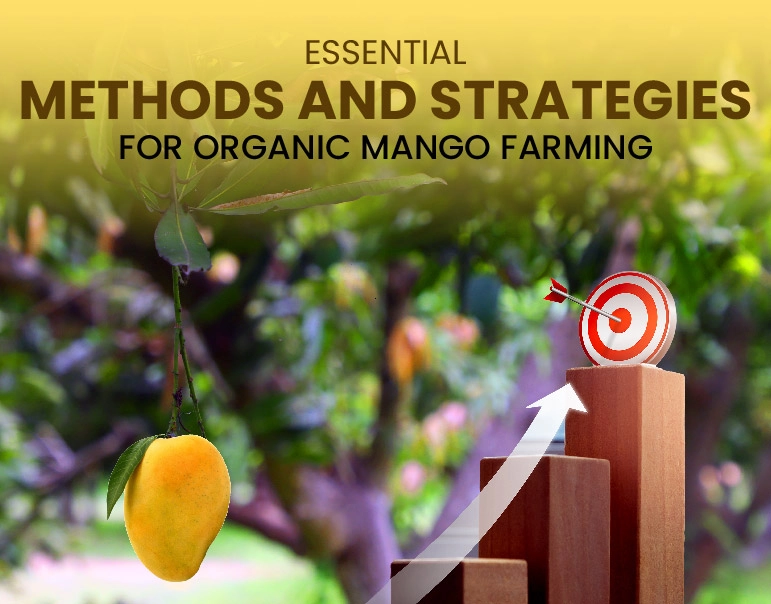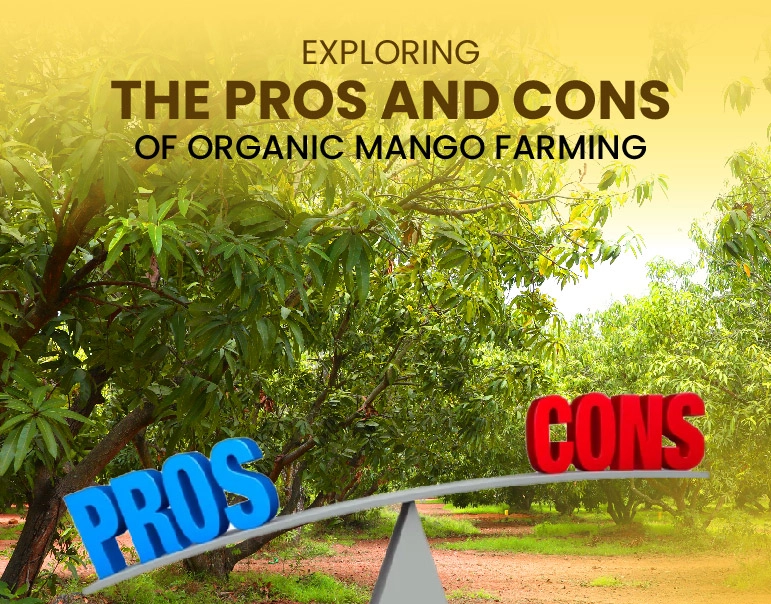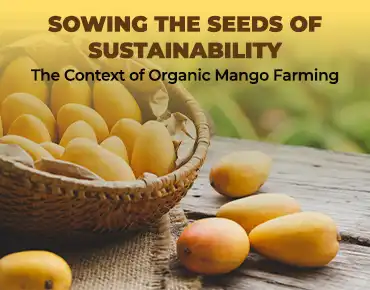Navigating the Do’s and Don’ts for Agriculture Mango Farming
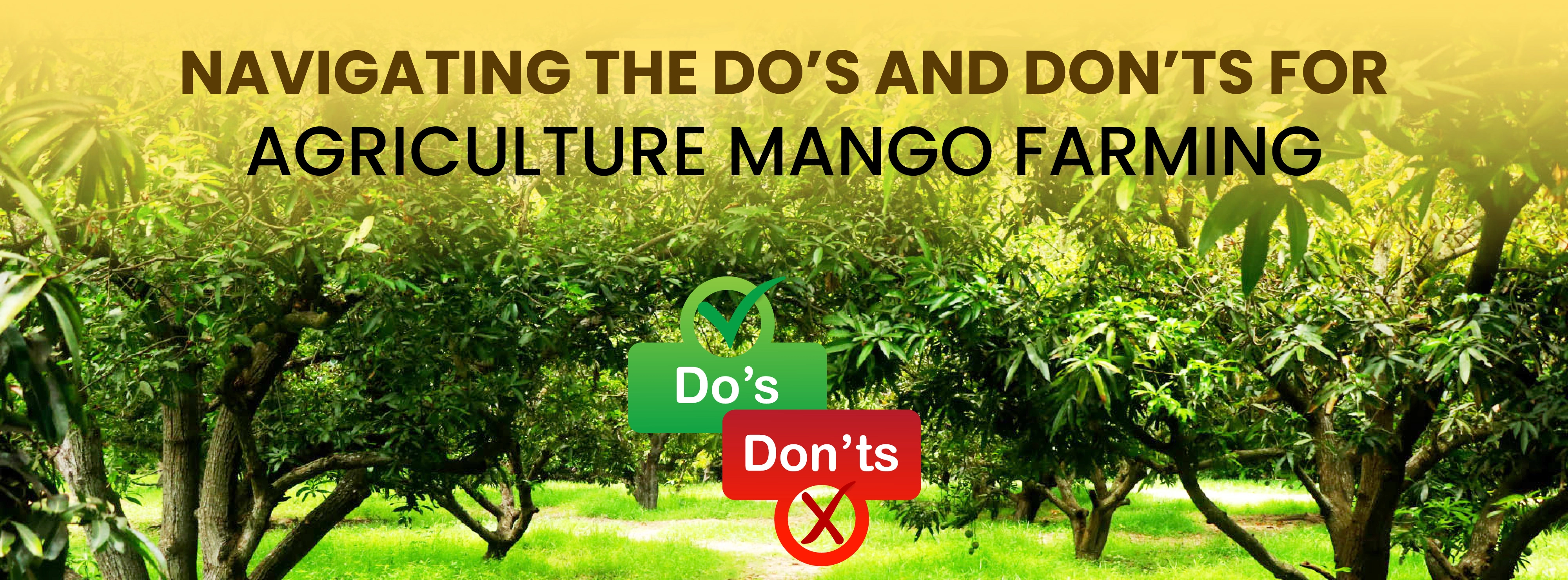

Welcome to the world of agriculture mango farming, where the cultivation of these succulent fruits requires not just dedication, but also a deep understanding of the intricate processes involved. Mango farming isn't merely about planting trees and waiting for the harvest; it's a meticulous practice that demands careful attention to various factors, from soil health to pest management and harvesting techniques. In this blog, we will explore ten essential do's and don'ts for successfully cultivating an agriculture mango farm, ensuring that every step taken contributes to the thriving growth of these tropical delights. Whether you're a seasoned farmer or considering investing in agriculture mango farm land for sale, these guidelines will serve as a roadmap to sustainable and fruitful farming practices.
Soil Testing: Conducting soil tests is crucial as it provides valuable insights into the soil's pH, nutrient levels, and composition. With this information, farmers can tailor their fertilization and soil amendment practices to meet the specific needs of mango trees, ensuring optimal growth and fruit production.
Proper Irrigation: Mango trees require consistent moisture levels, particularly during critical growth stages such as flowering and fruit development. Adequate irrigation ensures that roots have access to water, promoting healthy growth and reducing the risk of stress-related issues like flower drop or fruit abortion.
Pruning and Training: Regular pruning helps manage tree size, improve sunlight penetration within the canopy, and enhance air circulation—all of which contribute to healthier trees and better fruit quality. Additionally, proper training techniques ensure that trees develop sturdy frameworks capable of supporting heavy fruit loads.
Pest and Disease Management: Integrated pest management (IPM) involves using a combination of cultural, biological, and chemical control methods to minimize pest and disease damage while reducing environmental impact. By monitoring pests and diseases regularly and employing targeted control measures when necessary, farmers can protect their mango trees without relying solely on chemical pesticides.
Fruit Thinning: Thinning excess fruit allows remaining fruit to receive adequate nutrients and sunlight, resulting in larger, higher-quality mangoes. Overcrowded fruit clusters can lead to competition for resources, stunted growth, and increased susceptibility to diseases and pests.
Mulching: Mulching offers numerous benefits, including conserving soil moisture, suppressing weed growth, moderating soil temperature, and improving soil structure as organic matter decomposes. By applying mulch around mango trees, farmers can create a favorable environment for root development and overall tree health.
Regular Monitoring: Keeping a close eye on tree health, fruit development, and environmental conditions allows farmers to identify and address issues promptly. Early intervention can prevent minor problems from escalating into major concerns, ultimately preserving crop quality and yield potential.
Fertilization: Mango trees have specific nutritional requirements, and providing balanced fertilization based on soil test results helps ensure optimal growth and fruit production. Overuse of nitrogen, in particular, can lead to excessive vegetative growth at the expense of fruiting, so it's essential to apply fertilizers judiciously.
Harvesting Practices: Harvesting mangoes at the correct stage of maturity is crucial for maximizing flavor, texture, and shelf life. While it may be tempting to pick fruit early to avoid losses, premature harvesting can result in inferior-quality mangoes that fail to reach their full potential.
Continuous Learning: Agriculture is an ever-evolving field, and staying informed about the latest research, technologies, and best practices is essential for success. By investing in ongoing education and professional development, farmers can continually improve their skills and adapt to changing circumstances in the mango farming industry.
Overwatering: Excessive irrigation can lead to waterlogged soil conditions, which impede root function and increase the risk of root rot and other water-related diseases. It's essential to water mango trees appropriately, allowing the soil to dry out between watering sessions to prevent waterlogging.
Neglecting Soil Health:Ignoring soil health can have detrimental effects on tree growth and fruit production. Soil compaction, nutrient deficiencies, and imbalanced pH levels can all limit root development and nutrient uptake, compromising tree health and productivity over time.
Improper Pruning: Pruning mango trees excessively or at the wrong time can weaken the trees and diminish their ability to produce fruit. It's important to follow pruning guidelines carefully, focusing on removing dead, diseased, or crossing branches while preserving the tree's natural form and structural integrity.
Ignoring Pests and Diseases: Pest and disease infestations can quickly spiral out of control if left unchecked, leading to significant crop losses. Regular scouting and early intervention are essential for managing pest and disease pressure effectively and minimizing the need for chemical interventions.
Skipping Thinning: While thinning fruit may seem labor-intensive, it's a necessary practice for promoting larger, higher-quality mangoes. Failure to thin fruit clusters adequately can result in small, undersized mangoes with reduced market value.
Using Chemicals Unnecessarily: Chemical pesticides and fertilizers should be used sparingly and only when absolutely necessary to avoid negative impacts on the environment and human health. Whenever possible, farmers should explore non-chemical alternatives and integrate them into their pest and nutrient management strategies.
Underestimating Weather Risks: Weather extremes, such as frost, hail, or intense heat, can have devastating effects on mango production. It's essential to monitor weather forecasts regularly and implement protective measures, such as frost blankets or shade structures, to mitigate the impact of adverse weather events.
Neglecting Tree Nutrition: Mango trees require a balanced supply of nutrients to support healthy growth and fruit production. Neglecting tree nutrition can result in nutrient deficiencies, poor fruit quality, and reduced yields over time. Regular soil testing and targeted fertilization practices are essential for maintaining optimal tree nutrition.
Premature Harvesting: Harvesting mangoes before they reach full maturity can result in underripe fruit with inferior flavor and texture. Patience is key when it comes to harvesting mangoes, as waiting until they are fully ripe ensures the best eating experience for consumers.
Complacency: Agriculture is a dynamic and challenging field, and success requires ongoing effort, innovation, and adaptability. Farmers should resist the temptation to become complacent in their practices and instead remain open to new ideas, technologies, and approaches to improve their farming operations.
In conclusion, cultivating an agriculture mango farm requires a blend of scientific knowledge, practical skills, and a deep connection to the land. By adhering to the ten do's and don'ts outlined in this blog, farmers can navigate the complexities of mango farming with confidence, optimizing tree health, fruit quality, and overall farm productivity. From soil testing and proper irrigation to pest management and harvesting practices, each aspect plays a vital role in shaping the success of mango cultivation ventures. As we continue to explore the potential of agriculture mango farmland, let us embrace these principles as guiding beacons towards a future where mango farming thrives sustainably, nourishing both the land and those who tend to it.

